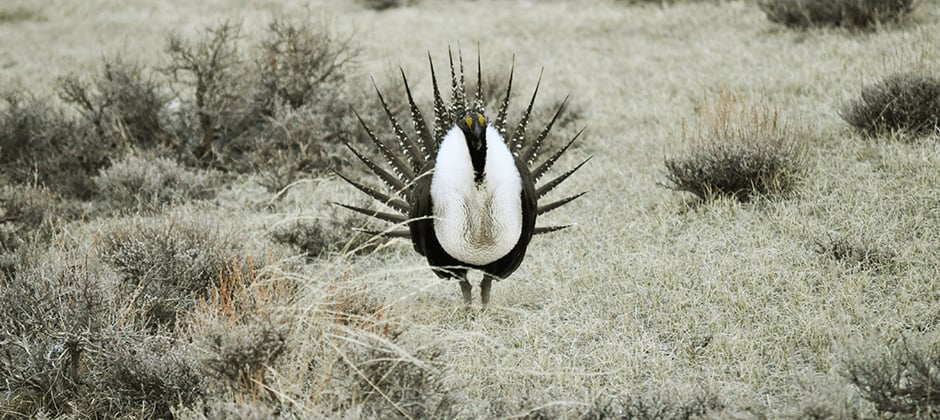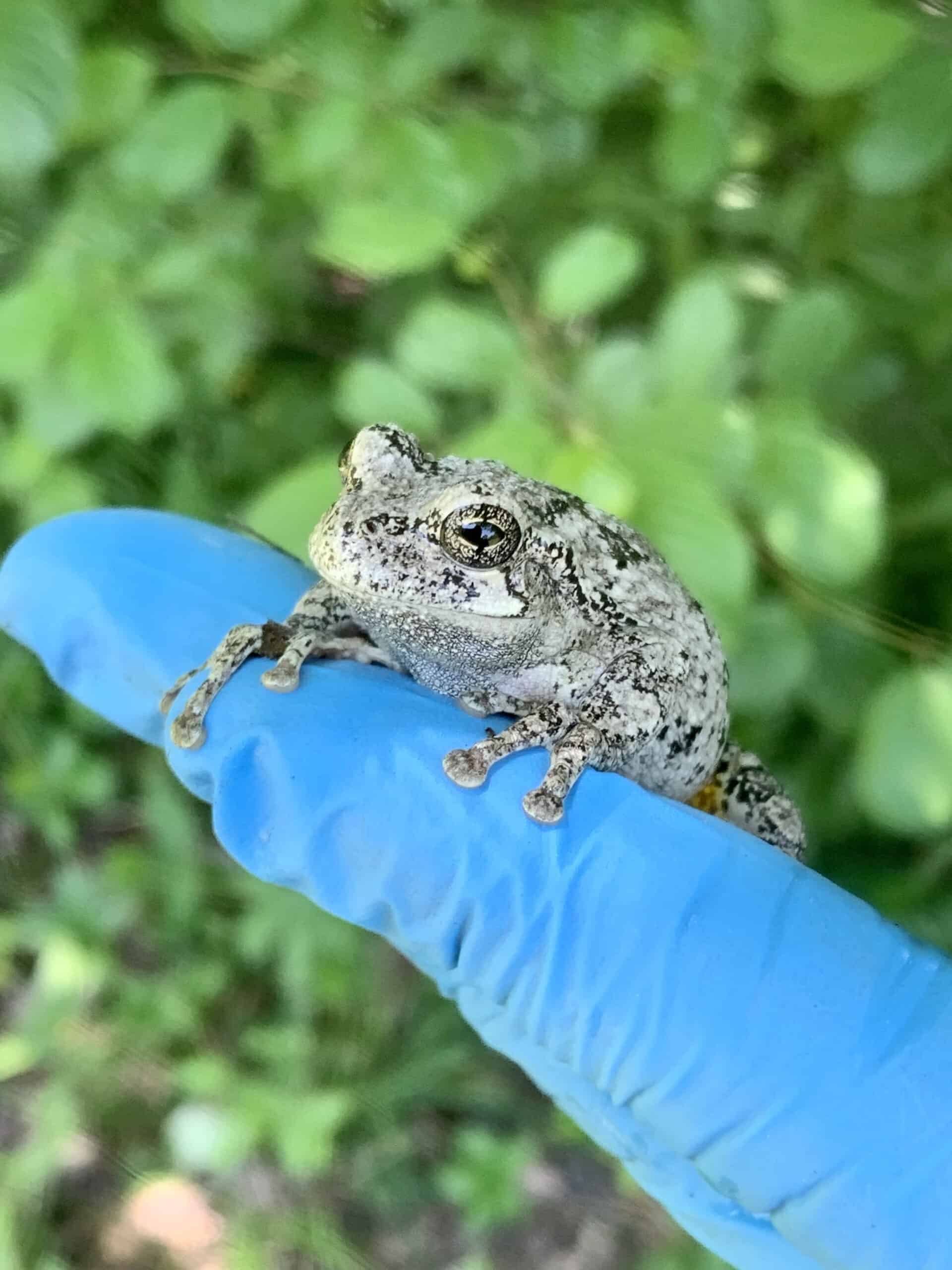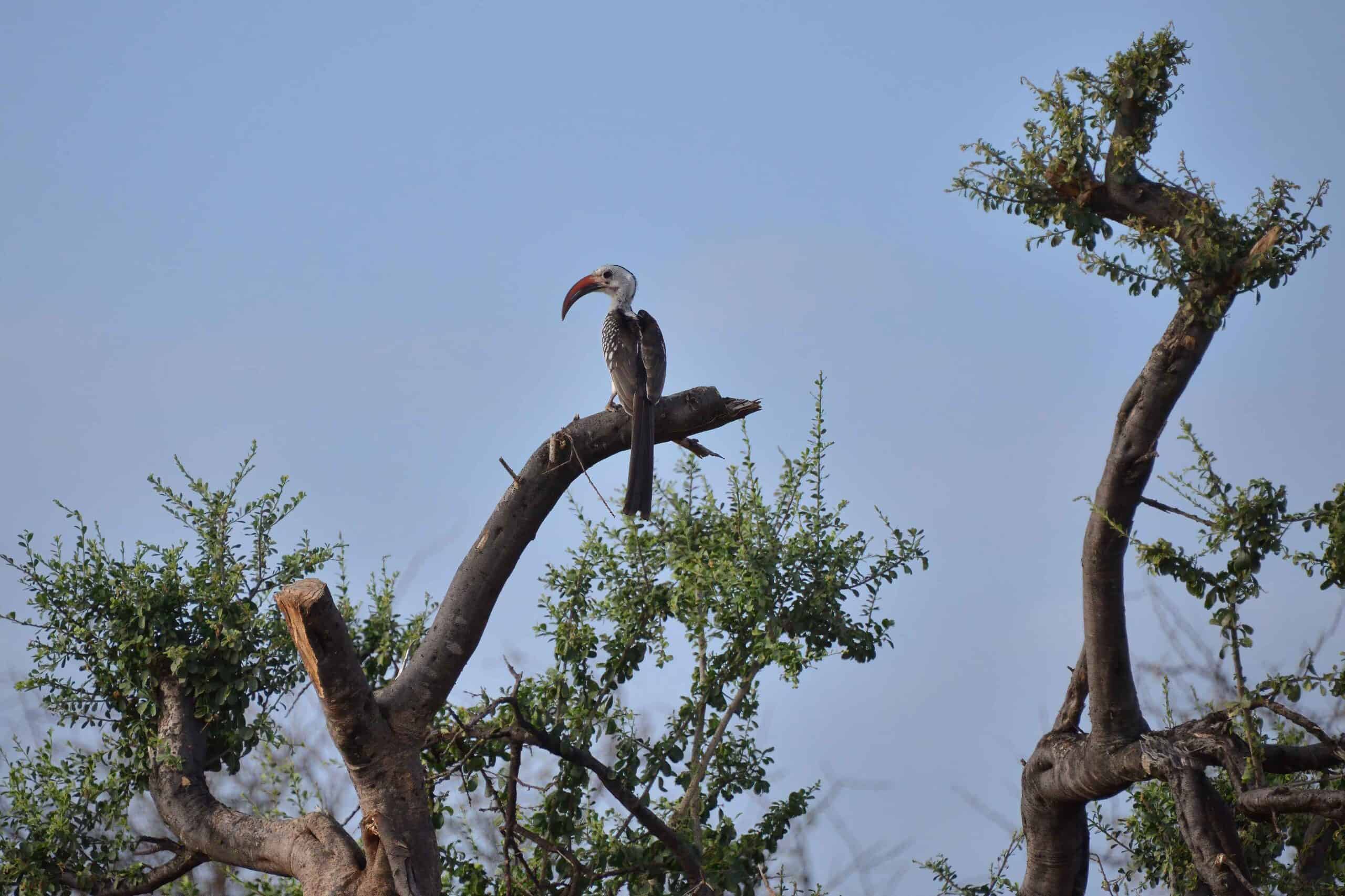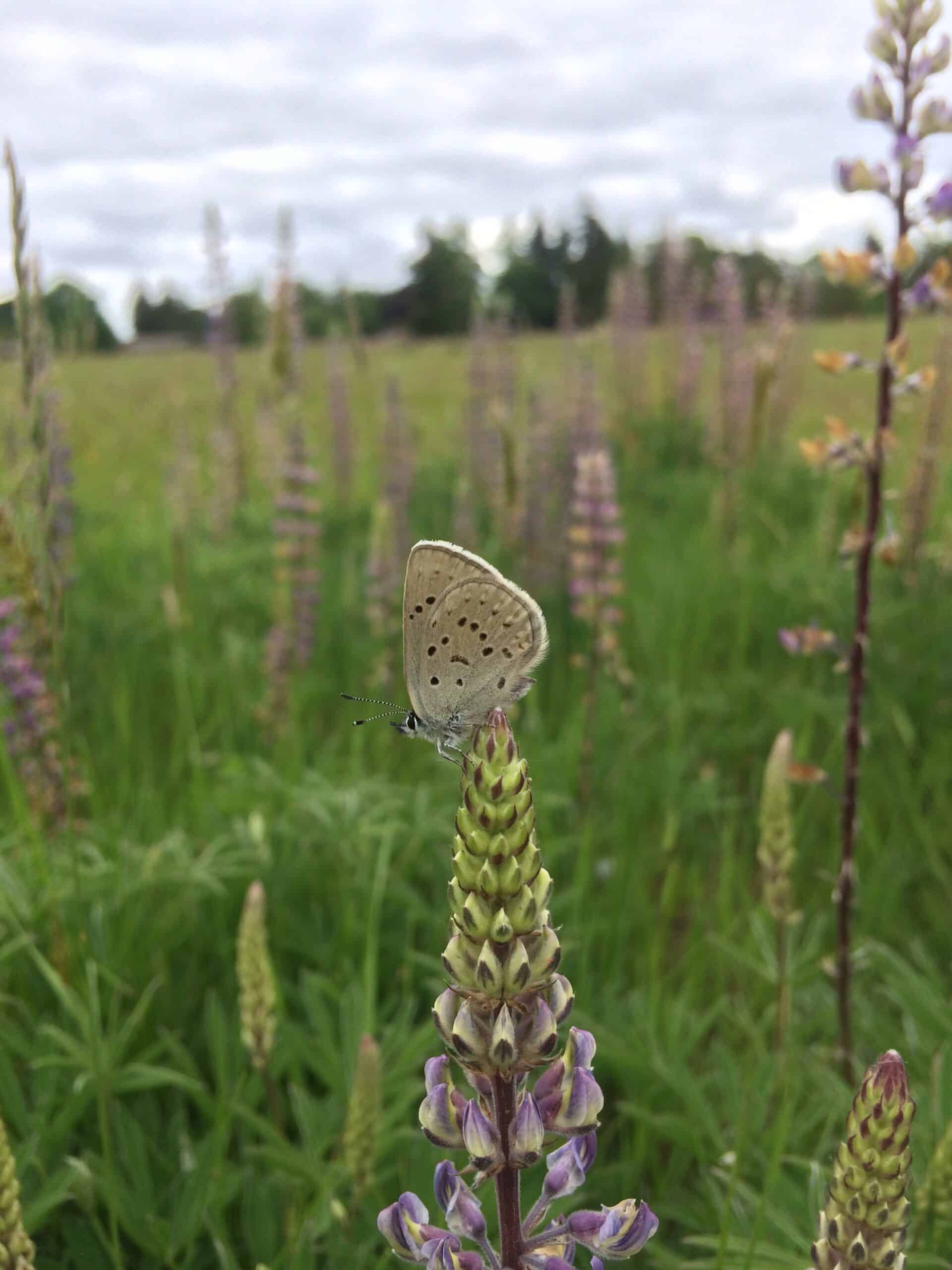Share this article
TWS2021: Common ravens disturb greater sage-grouse
When researchers began hearing reports about common ravens antagonizing sage-grouse at their lek sites in Nevada and California, they decided to investigate.
Greater sage-grouse (Centrocercus urophasianus) are a species of high conservation concern, dealing with threats such as habitat fragmentation and degradation of their sagebrush habitat. Could common ravens (Corvus corax), which are increasingly abundant in the West, be adding to those threats, possibly even preying on eggs in grouses’ nests?
Researchers who presented their research at the virtual annual TWS conference set out to find out the answer. “We analyzed lek counts and raven surveys to determine whether ravens are spatially associated with sage-grouse leks,” said Joseph Atkinson, with the U.S. Geological Survey, in his presentation.
They also looked at notes taken during lek counts on sage-grouse behavior when there were predators like ravens, coyotes (Canis latrans) or golden eagles (Aquila chrysaetos) around, as well as when none were present.
The team found that ravens are usually found closer to lek sites, especially in leks with more sage-grouse in them.
They also discovered that contrary what previous research had shown, ravens impacted sage-grouse behavior at leks. “Ravens had substantial impacts on lek behavior, causing sage-grouse to display at lower rates and flush at higher rates than if there were no predators,” Atkinson said.
Golden eagles also appeared to have a big impact on sage-grouse. Every time they were observed near a lek during the research, they caused sage-grouse to flush. But that doesn’t necessarily make them a bigger problem for the grouse than ravens, he said.
“Flushings due to ravens happened in more observations, indicating that ravens may be causing more disruption that golden eagles,” he said.
Atkinson said increased flush rates can affect sage-grouse breeding by decreasing the amount of sage-grouse present and reproducing. In addition, ravens can impact lek counts if they cause the sage-grouse to flee when leks are being monitored.
The team didn’t note ravens preying on sage-grouse nests, but Atkinson said their presence still impacts the birds and should be taken into account for things like counting protocol.
“While no lethal predation by lekking sage-grouse was observed, disruption to breeding behaviors can increase stress and negatively impact sage-grouse population growth rates,” he said.
Header Image: Sage-grouse flush from leks more often when ravens are around. Credit: Jeannie Stafford/USFS








